Increasing Health Consciousness
The Food Grade Magnesium Carbonate Market is experiencing a surge in demand driven by rising health consciousness among consumers. As individuals become more aware of the importance of dietary supplements and functional foods, the need for food-grade additives that enhance nutritional value is likely to grow. Magnesium carbonate, known for its role in supporting metabolic functions and muscle health, is increasingly sought after. Market data indicates that the dietary supplement sector is projected to expand significantly, with a compound annual growth rate (CAGR) of approximately 8% over the next five years. This trend suggests that manufacturers in the Food Grade Magnesium Carbonate Market may need to adapt their offerings to meet the evolving preferences of health-oriented consumers.
Rising Popularity of Functional Foods
The Food Grade Magnesium Carbonate Market is benefiting from the rising popularity of functional foods, which are designed to provide health benefits beyond basic nutrition. Consumers are increasingly seeking products that offer specific health advantages, such as improved digestion and enhanced energy levels. Magnesium carbonate is often incorporated into functional food formulations due to its beneficial properties. Market Research Future indicates that the functional food market is expected to grow at a CAGR of around 7% in the coming years. This trend suggests that food manufacturers may increasingly turn to food-grade magnesium carbonate as a key ingredient to meet consumer demand for health-promoting products.
Sustainability Trends in Food Production
Sustainability trends in food production are shaping the Food Grade Magnesium Carbonate Market. As consumers become more environmentally conscious, there is a growing demand for sustainable and responsibly sourced ingredients. Food-grade magnesium carbonate, which can be derived from natural sources, aligns with these sustainability goals. Additionally, manufacturers are exploring eco-friendly production methods to minimize their environmental impact. Recent studies indicate that the sustainable food market is projected to reach a value of over 1 trillion dollars by 2027. This shift towards sustainability may encourage food producers to incorporate food-grade magnesium carbonate into their products, thereby enhancing its market presence.
Expansion of the Food and Beverage Sector
The Food Grade Magnesium Carbonate Market is poised for growth due to the ongoing expansion of the food and beverage sector. As the global population continues to rise, the demand for processed and packaged foods is expected to increase. Food-grade magnesium carbonate serves as an effective anti-caking agent and stabilizer, making it a valuable ingredient in various food products. Recent market analysis indicates that the food and beverage industry is projected to reach a valuation of over 5 trillion dollars by 2026. This growth presents a substantial opportunity for suppliers of food-grade magnesium carbonate, as manufacturers seek to enhance product quality and shelf life.
Innovations in Food Processing Technologies
Innovations in food processing technologies are significantly influencing the Food Grade Magnesium Carbonate Market. Advances in production methods and formulations are enabling manufacturers to create more efficient and effective food-grade additives. For instance, the development of microencapsulation techniques allows for better delivery of magnesium carbonate in food products, enhancing its functional benefits. As food processors increasingly adopt these technologies, the demand for high-quality food-grade magnesium carbonate is likely to rise. Market trends suggest that the food processing industry is investing heavily in research and development, which could lead to new applications for magnesium carbonate and further drive its adoption.


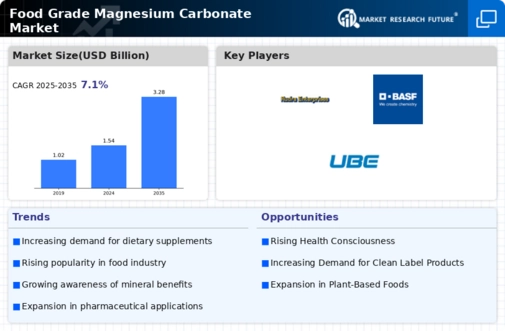

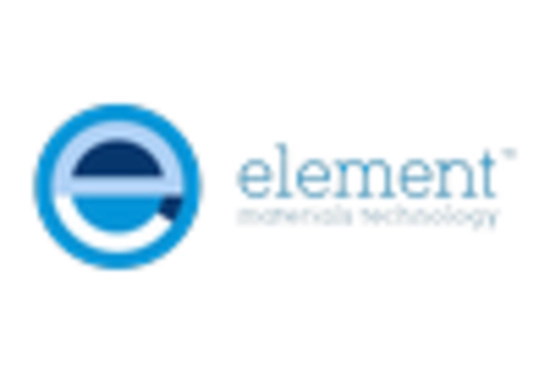
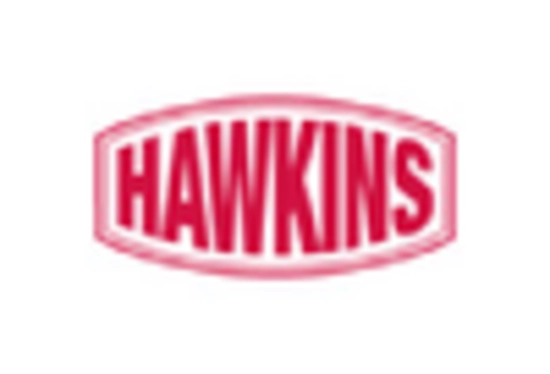
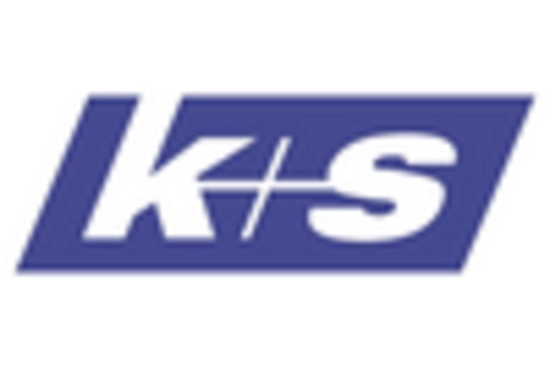
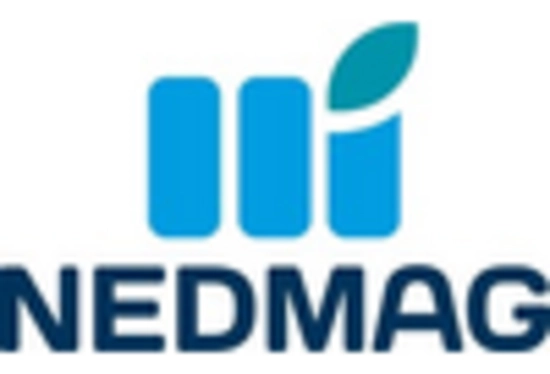










Leave a Comment